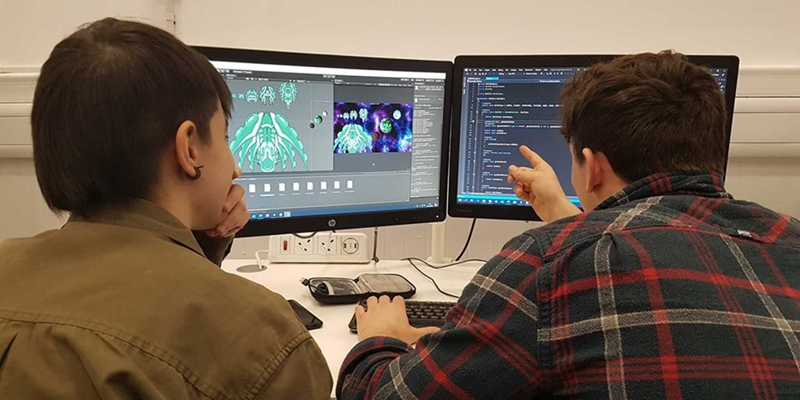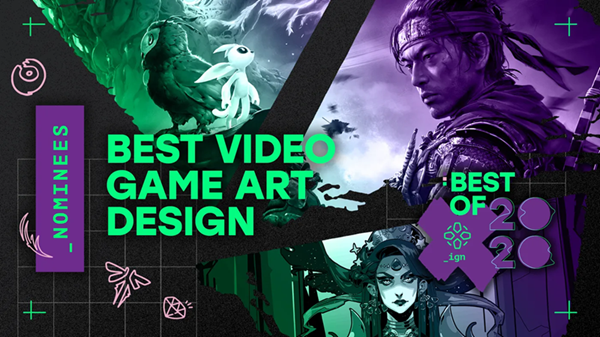4.8 KiB
sidebar_position, title
| sidebar_position | title |
|---|---|
| 2 | Art Team |
Art Team
The Art Team plays a vital role in shaping the player's visual experience. However, under the current workflow, the team’s involvement is largely limited to executing asset requests—drawing images/animations based on lists provided by the GD team—without deeper integration into the game design process. While this has sufficed for basic visual delivery, it introduces several critical problems that directly impact both game quality and performance.
⚠️ Current Issues
❌ Lack of Game-Centric Art Knowledge
Art assets are created with little consideration for how it functions within the game engine or interacts with gameplay systems. As a result:
- Assets may be unoptimized, causing performance issues such as frame drops or memory overhead.
- Elements may appear visually appealing in isolation but fail to communicate clearly or read well on actual game canvases, especially across varying screen sizes.
- Animations may not suit well to engine capabilities, requiring extra developer effort or rework.
❌ Disconnected from Gameplay Context
Artists often have no visibility into the player experience, level pacing, or interactive systems. This prevents them from:
- Suggesting improvements to asset usability or feedback clarity.
- Understanding how visual hierarchy affects UX/UI.
- Adjusting the style to support gameplay mood or genre conventions.
❌ Task-Only Mindset
The current process fosters a task completion mentality, where the focus is on finishing the checklist rather than contributing to the visual identity of the game. This leads to:
- Missed opportunities to propose stylistic direction or polish ideas.
- Low creative engagement and undervaluing of the art team's potential.
- Friction when design or dev teams require visual revisions the art team didn’t anticipate.
✅ Proposed Improvements
🤝 Involve the Art Team in Pre-Production
- Include the Art Team in early concept meetings and kickoff sessions.
- Encourage the team to contribute ideas for visual themes, UI/UX direction, and animation styles.
- Allow artists to collaborate directly with GD and DEV to ensure alignment between artistic vision and gameplay systems.
🤝 Build Awareness of Technical Game Art Principles
- Provide internal training or documentation on how art assets affect game engine performance (e.g., texture size, draw calls, overdraw).
- Introduce key optimization techniques such as:
- 9-Slice Scaling for scalable UI
- Sprite Atlases for efficient rendering
- Tileable Textures and Modular Design for environments
- Proper Pivot Point Positioning for accurate animation behavior
- Texture Compression Awareness for specific platform (WEBP, DXT, PVRTC)
- Encourage artists to consider screen readability, resolution flexibility, and resource usage when creating assets.
⚙️ Adopt Game Engine as a Collaborative Tool
- Equip the Art Team to work directly with game engines (e.g., Cocos Creator, Unity) to test and review how their assets behave in-game.
- Allow artists to preview scenes, animations, and UI within the engine to catch visual or functional issues early.
- Encourage collaboration with developers and technical artists to optimize rendering and improve asset integration workflows.
🎮 Expanding the Artist Skillset for Game Development
In game development, the role of an artist goes far beyond just creating concepts, animations, or UI/UX elements. Modern games require a wide array of specialized art roles—each contributing to a different part of the player experience and the technical pipeline.
To meet the standards of professional game production, artists should be aware of and encouraged to explore these specialized paths, such as:
- Environment Artist – Builds immersive 3D worlds and landscapes
- Level Artist – Designs and assembles gameplay spaces using art assets
- Lighting Artist – Creates mood, atmosphere, and visual focus through lighting
- Creature Artist – Crafts fantasy or sci-fi creatures with anatomical precision
- Character Rigger – Prepares characters for animation with skeletal and control systems
- Prop Artist – Models detailed in-game objects like weapons, tools, and furniture
- Vehicle Artist – Designs complex mechanical assets such as cars, ships, or robots
- VFX Artist – Creates particle effects, spells, explosions, and weather effects
- Shader Artist – Develops custom visual effects through material and shader code
...and many more.
Encouraging the team to understand and specialize in these roles not only improves overall asset quality and production efficiency, but also opens the door for more diverse and ambitious game projects.


